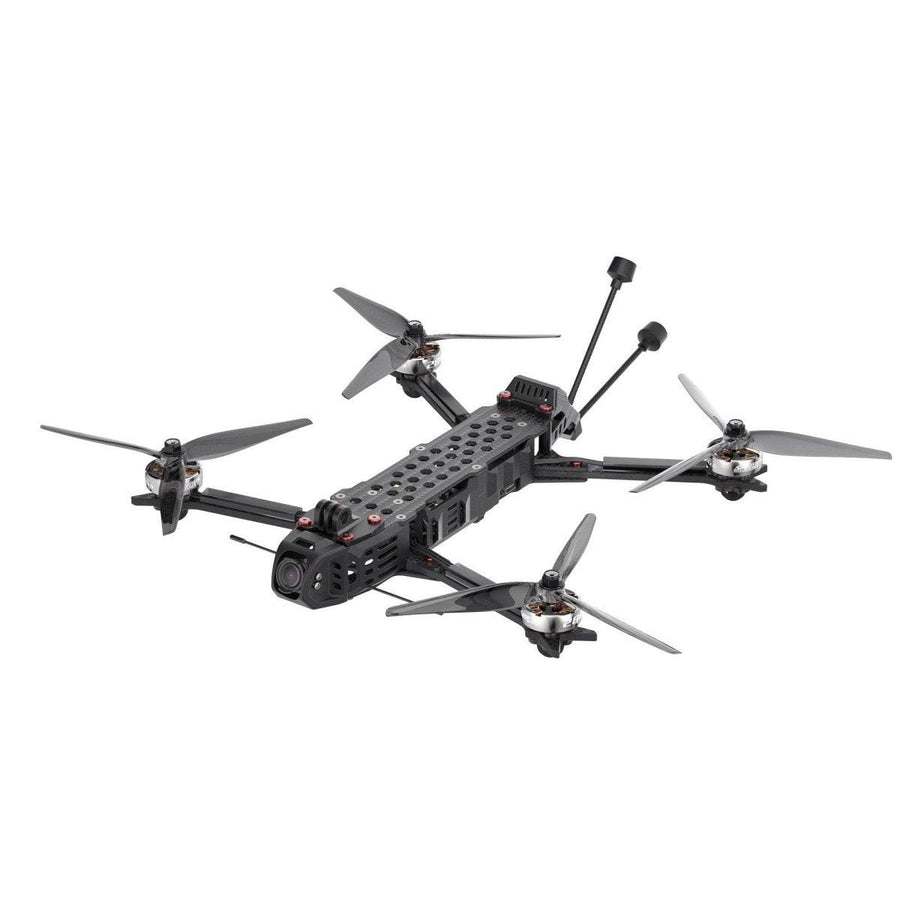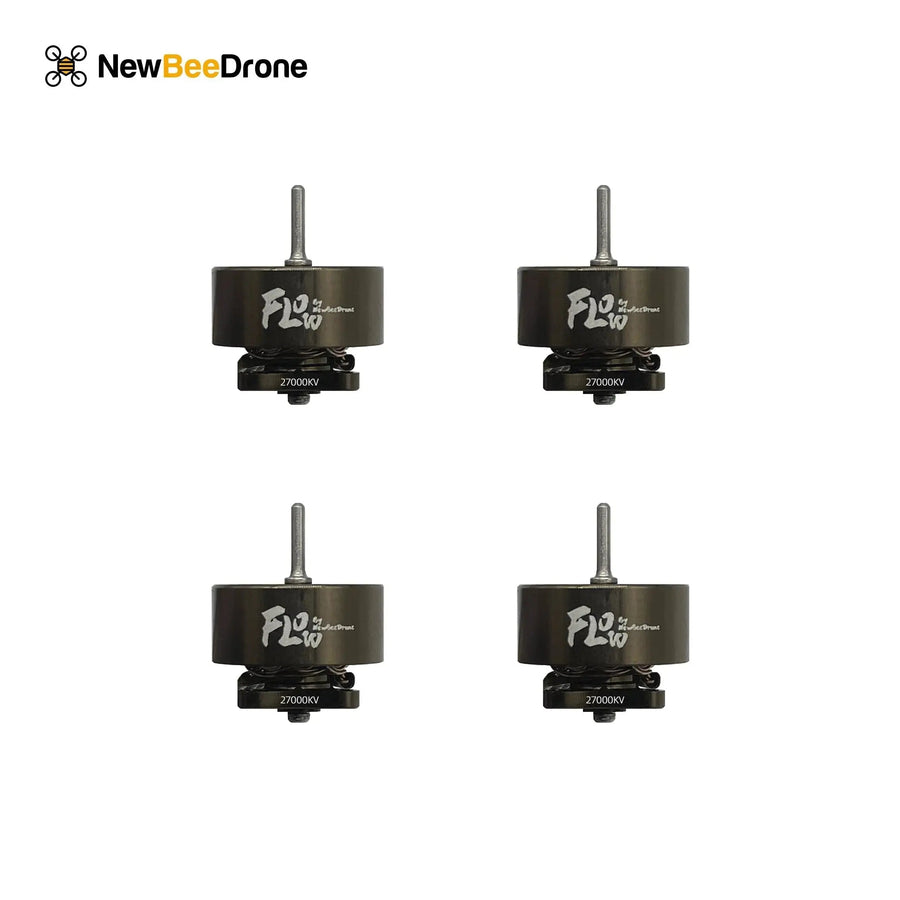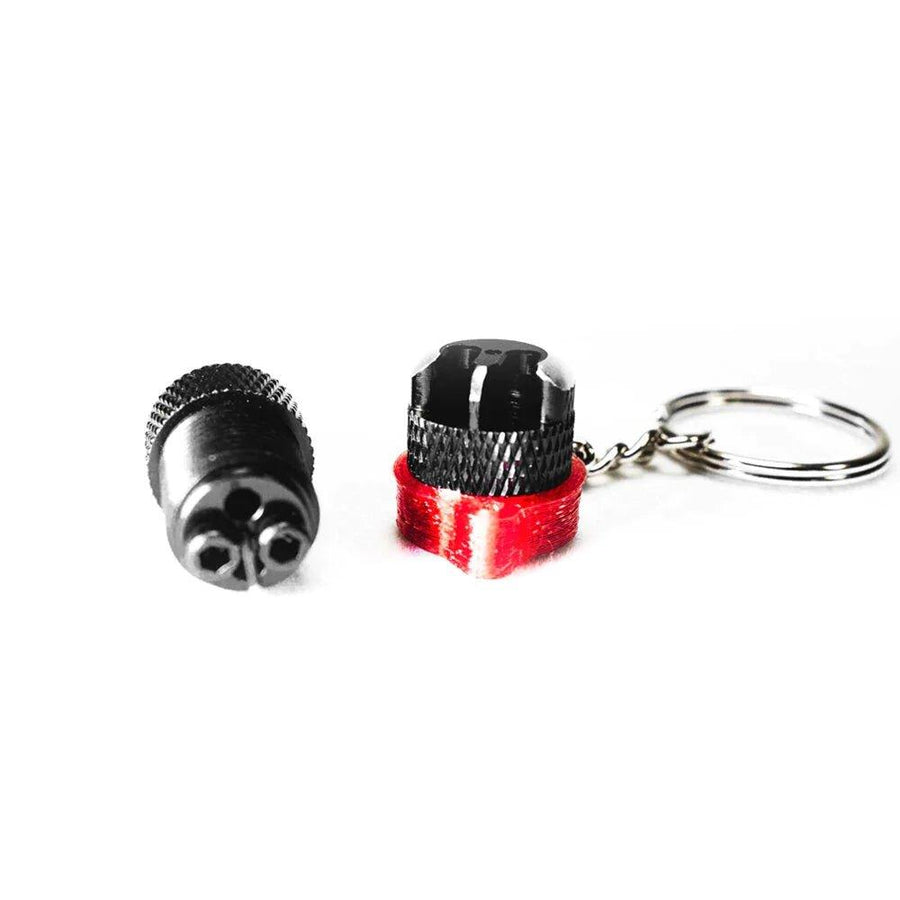Essential Components for Building an FPV Drone
Building your own FPV (first-person view) drone can be a rewarding experience, but it requires a good understanding of the individual parts required to build a complete system. Here's a breakdown of the essential components you'll need to build your own FPV drone:
Frame
The frame is the foundation of your FPV drone. It's what holds all the other components in place and protects them during flight. When choosing a frame, you'll want to look for something that's lightweight, durable, and designed to work with the size of the motors you plan to use. Carbon fiber frames are a popular choice due to their strength and lightweight.
Motors
The motors are what power your drone and enable it to fly. When choosing motors, you'll want to consider the size and weight of your drone, as well as the type of flying you plan to do. Racing drones, for example, require more powerful motors than drones used for aerial photography. Motors are typically rated by their "KV" value, which is a measure of the number of revolutions per minute (RPM) per volt.
Electronic Speed Controllers (ESCs)
The electronic speed controllers (ESCs) control the speed of your motors. They regulate the amount of power sent to each motor to keep your drone stable in flight. When choosing ESCs, you'll want to consider their compatibility with your flight controller and the amperage rating required by your motors.
Flight Controller
The flight controller is the brain of your drone. It processes data from your transmitter and sends signals to your ESCs to control your drone's flight. When choosing a flight controller, you'll want to look for one that's compatible with your ESCs and has the features you need for your flying style.
Radio Transmitter or Controller
The radio transmitter or controller is what allows you to control your drone from the ground. When choosing a transmitter, you'll want to consider its compatibility with your receiver and the number of channels it offers. Racing drones typically require at least 4 channels, while aerial photography drones may require more.
FPV Camera
The FPV camera is responsible for capturing the video feed from your drone and sending it to your video transmitter. When choosing a camera, you'll want to consider its resolution, field of view, and light sensitivity. Some cameras also come with built-in features like image stabilization and adjustable lenses.
Video Transmitter
The video transmitter is responsible for sending the video feed from your camera to your goggles or screen. When choosing a transmitter, you'll want to consider its power output and compatibility with your camera and receiver.
Video Transmitter Antennas
The video transmitter antenna is responsible for sending the video feed from your drone to your goggles or screen. When choosing an antenna, you'll want to consider its gain, polarization, and compatibility with your transmitter and receiver. Circular polarized (CP) antennas are a popular choice due to their ability to reduce interference and improve signal strength. CP antennas are available in two types: Right-Hand Circular Polarization (RHCP) and Left-Hand Circular Polarization (LHCP).
Receiver
The receiver picks up the signal from your radio controller and sends it to the flight controller, which then processes the signal and sends commands to the ESCs to control the drone's movement. When choosing a receiver, you'll want to consider its compatibility with your radio controller and the frequency band you plan to use.
Receiver Antennas
The receiver antenna is responsible for picking up the signal from your radio controller and sending it to the flight controller. Many receivers come with an antenna included, but you can also purchase higher-gain antennas for better signal strength and range. When choosing a receiver antenna, you'll want to consider its gain and polarization, as well as its compatibility with your receiver and the frequency band you plan to use.
Antennas
Antennas are a crucial part of your FPV system. They help to transmit and receive the video signal and can affect the quality of your video feed. When choosing antennas, you'll want to consider their gain and polarization, as well as their compatibility with your transmitter and receiver.
In addition to the video transmitter antenna and receiver antenna, you may also want to consider a GPS antenna if you plan to use GPS for navigation and flight control.
Goggles or Screen
Finally, you'll need a way to view the video from your drone. Many FPV pilots prefer goggles, which are like virtual reality headsets that fully immerse you in the flying experience. Others prefer to use a screen attached to their transmitter or remote controller. When choosing goggles or a screen, you'll want to consider their resolution, field of view, and compatibility with your receiver.
Building your own FPV drone requires careful consideration of each component, including the radio transmitter or controller. By choosing high-quality components that are compatible with one another, you can build a drone that's tailored to your specific needs and flying style. Whether you're a racing enthusiast or an aerial photographer, building your own FPV drone can provide an exciting and unique way to experience the world from a new perspective.








